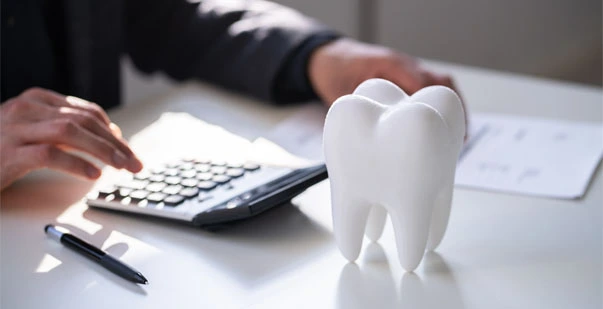The medical industry is large and has many subdivisions. It comprises many professions, each playing a specific role in saving people’s lives. As a doctor, your base course teaches you details about the body. But what would you do if the patient goes into cardiac arrest on the operating table or the dental chair? Take life-saving courses to help your patients in such emergencies. This article talks about CPR certification for dentists. You also learn the best way to talk about this course.
Life-threatening emergencies that happen in dental offices
A dentist’s office may seem scary, but the doctors ensure you always have the least pain possible. They do their best as you rest on the chair. But, some of the below-mentioned situations may require emergency CPR.
- Anaphylactic Shock: It is an immune response from the body to foreign objects. It can occur in response to certain medications. Its symptoms include difficulty in breathing and swelling of the face and throat. The patient’s blood pressure may drop.
- Choking: It occurs due to foreign objects like cotton swabs or excess water. The patient experiences difficulty in breathing and cannot speak. Besides learning the Heimlich maneuver, you may also need to learn CPR.
- Cardiac Arrest: Cardiac arrest is a sudden emergency when the heart stops. Your patient could become unconscious and show no pulse.
- Seizures: Seizures can occur at any time and specifically under stressful situations. Symptoms of an episode include stiffening of the body and jerking movements.
How to perform CPR in a dental chair?
Any of the above emergencies occur in a dentist’s office or while undergoing a dental procedure. To help the patient, every dentist must take a certification in CPR for healthcare providers. In an ideal situation, you should not perform CPR on the dental chair. It is because the make of the chair cannot take the pressure of CPR. However, if you cannot move the patient, consider placing a CPR board under the patient. You can also set a stool under the chair. To deliver CPR, follow the below steps:
- The first thing you must do is call 911. You will need help once the patient regains consciousness.
- Make sure the chair is upright, and the patient is still seated. If you plan on reclining the chair into a lying-down position, place a stool under the chair.
- Place the palm of one hand in the center of the patient’s chest. Next, put your other hand on top of the first hand and interlock your fingers.
- With your body weight, press down and release the patient’s chest in a fast and regular rhythm. These compressions allow the flow of blood. It is mandatory to send oxygen to the various organs of the body.
- Each chest compression should be about two inches deep, followed by a full release. Your compressions mimic the heart rhythm.
- After 30 chest compressions, stop to check for signs of life. It would help if you cleared their airway by tilting their head slightly backwards.
- Breathe into the patient’s mouth twice. Your breaths should inflate the patient’s lungs. These bouts of air deliver oxygen to the patient.
- If the patient is still unresponsive and not breathing, repeat the cycle until help arrives.
How to prepare for a CPR certification course?
Before taking any course, you must have the will to help people. As a doctor you save lives every day, but it is important to act wisely during an unforeseen emergency. If you decide to take CPR training for healthcare providers & dentists, make sure you take note of the following points:
- Research the different CPR certification courses available. You may only want a CPR certification for dentists rather than bystanders.
- The accreditation of CPR certification matters the most. AHA lays down guidelines for CPR certification. You must ensure that the institute you select provides an accredited certification.
- The location and length of the course matter for working professionals as they only have a little time. Taking an online course helps if you work during the day.
- Find out about other courses provided by AHCA. We also have comprehensive first aid courses along with a CPR course. It could help you gain more knowledge about attending to patient emergencies.
- It helps you mentally prepare for an examination at the end of the course.
Conclusion
A CPR certification for dentists helps you regain confidence when facing cardiac arrest. Your patients feel relaxed as they know you can save them under adverse conditions. The modules of dental CPR are similar to a course for people in the medical industry. The CPR course for Healthcare providers from the American HealthCare Academy can help you achieve your dreams. Register on the AHCA website and start upskilling today.













